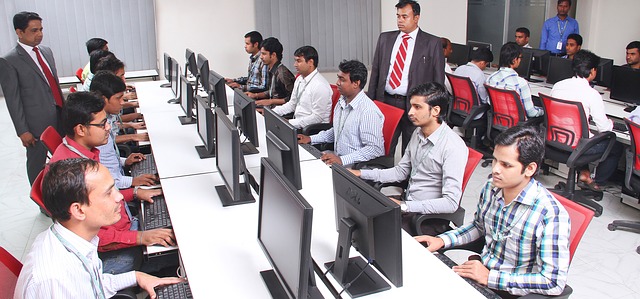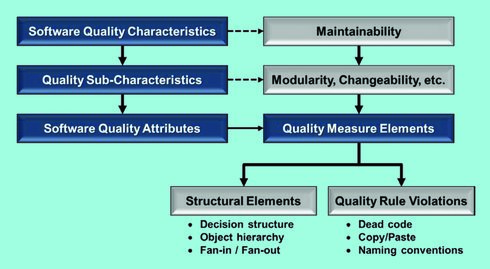“In 2010, why are you still outsourcing?”
This is a question Raja Nagarajan says he asks companies looking for those advantages all the time.
“By definition, outsourcing means a loss of control.”
Nagarajan is senior vice president for global operations of software product labs at Ness Technologies, a company that creates a “global development environment” for its partners that require 24×7 work and a less-expensive labor force. It’s outsourcing under a different name, and Nagarajan explained what makes it different.
Traditional outsourcing meant that a company would send its software requirements overseas, try to overcome language and time-zone barriers, and then, when the project was completed, try to integrate it into a larger effort and hope everything worked. Or a company would send a discrete project abroad that did not need to integrate with anything larger, because the road to success was fraught with peril.
Nagarajan said that with a global development model, his company first tries to understand what he called “The Three C’s”: the context of the parent company and product, the culture of the company Ness is associating with, and the constraints under which that business is running.
“How do you make sure the product company and [the outsourced development lab] are in sync? How quickly can you get skilled resources to understand what the product is? You have to do constant evaluation,” he said. Further, you must make sure the knowledge in the parent company is transferred to the partner and that the knowledge is retained there. “I call it marination and retention,” Nagarajan quipped.
The time-zone issues will never go away, he acknowledged, but he did say that it doesn’t matter where standup meetings and continuous integration are done. With a project manager coordinating activities between the parent company and the remote location, communication issues are overcome.
New technology enablers, such as cloud computing, and process enablers, such as agile development and software-as-a-service guidelines, are turning outsourcing into opportunities for the kind of deep development partnerships that could not have existed before, Nagarajan said.
Ness has taken these new enablers and created a collaboration platform designed to hook into the parent company’s development environment. Using such software as Atlassian Confluence or Microsoft SharePoint, developers on both sides can communicate and visualize their work for better, faster feedback, he pointed out.
There are three phases to global development, Nagarajan said: ISVs doing development on their own; moving everything possible offshore; then, finally, getting into a global development model with multiple teams in multiple locations.
Other issues that have held back outsourcing in the past, such as IP protection, have been mitigated by advances in security testing and the use of access-protected virtualized environments. Nagarajan explained that employees who work in the Ness labs sign the same agreements of non-disclosure, and that the software is isolated from other projects on a dedicated server that has role-based access control.
“This model gives companies the option to control development to the extent they want,” he said. “It’s even more than complete control; it’s complete knowledge” of the entire development environment.
David Rubinstein is editor-in-chief of SD Times.






